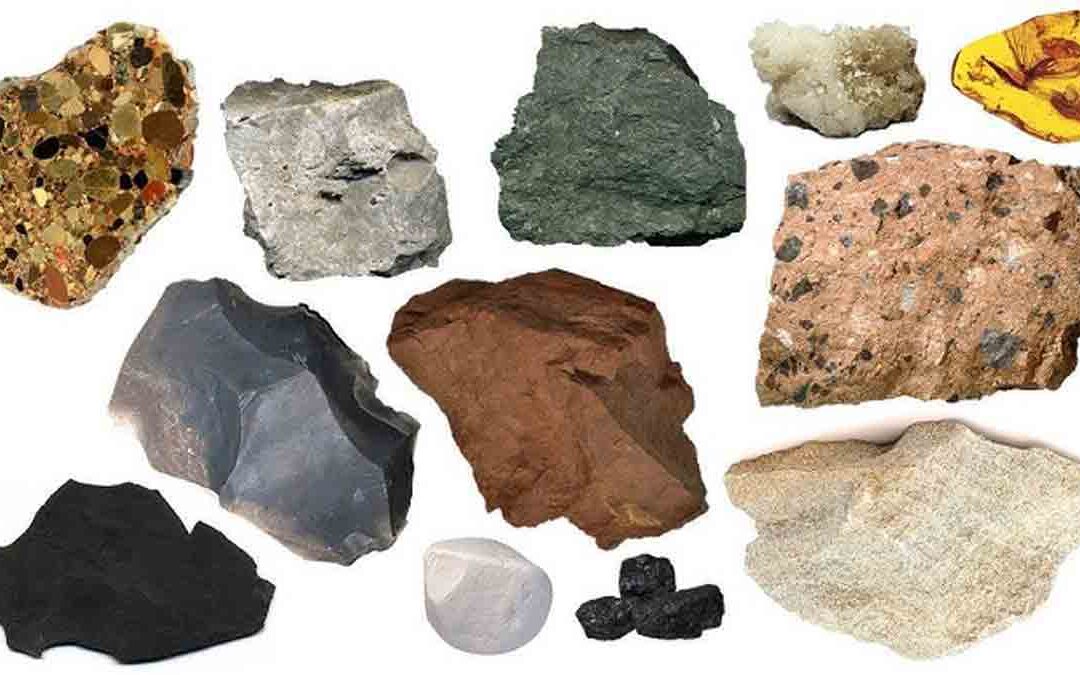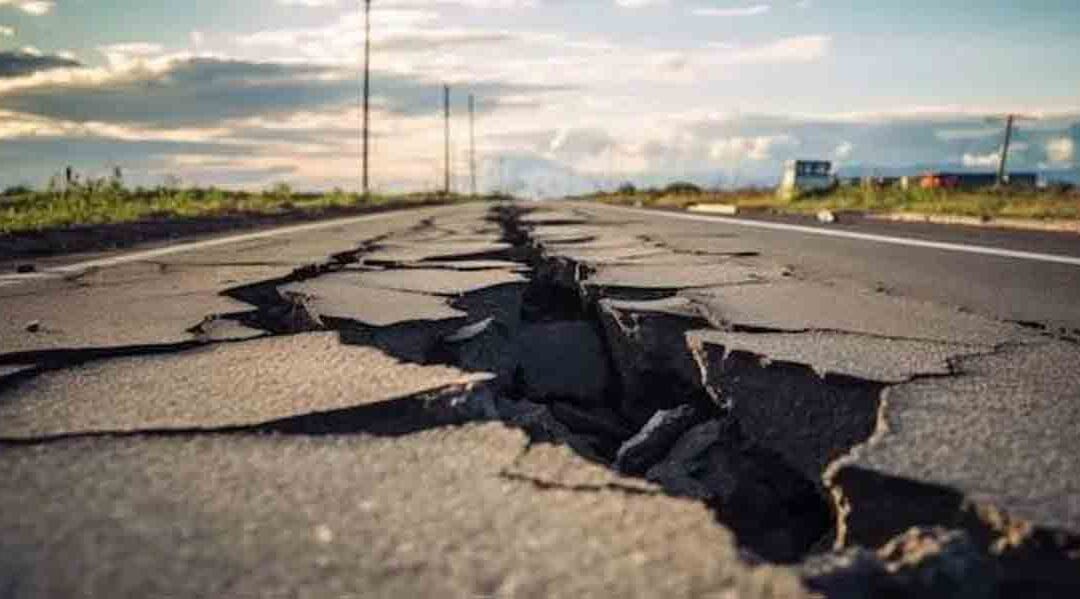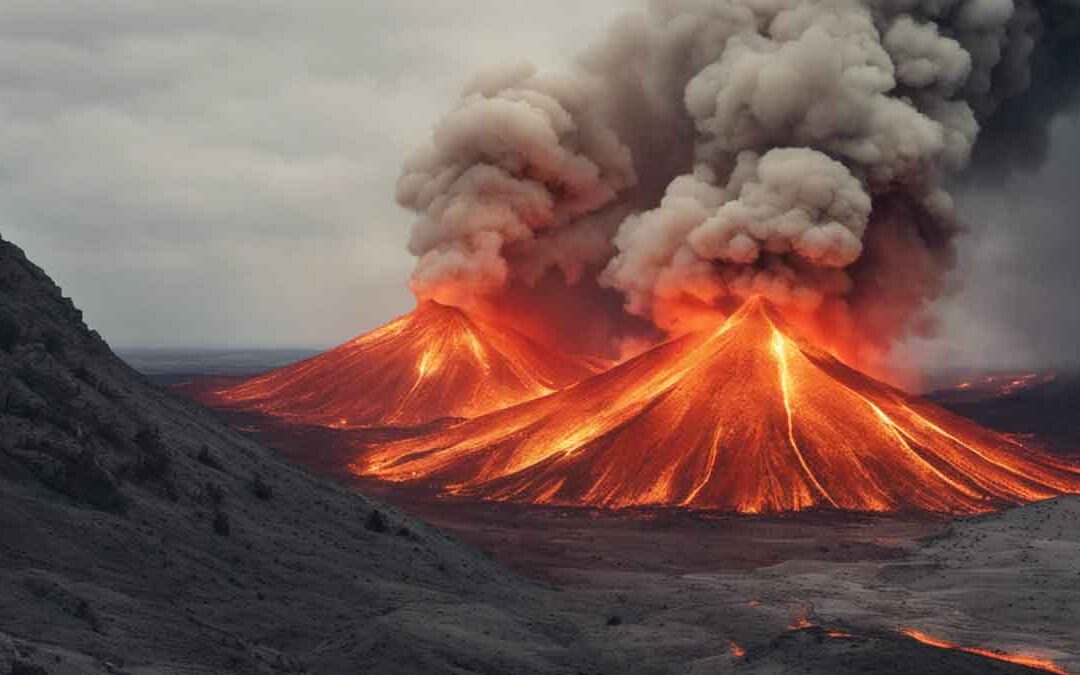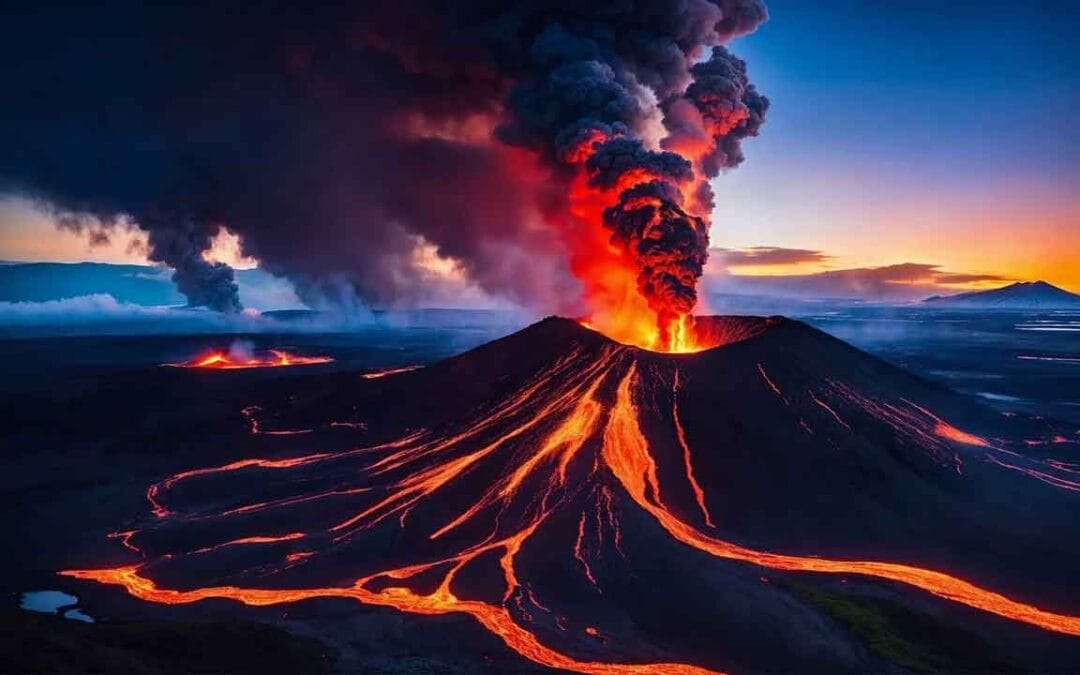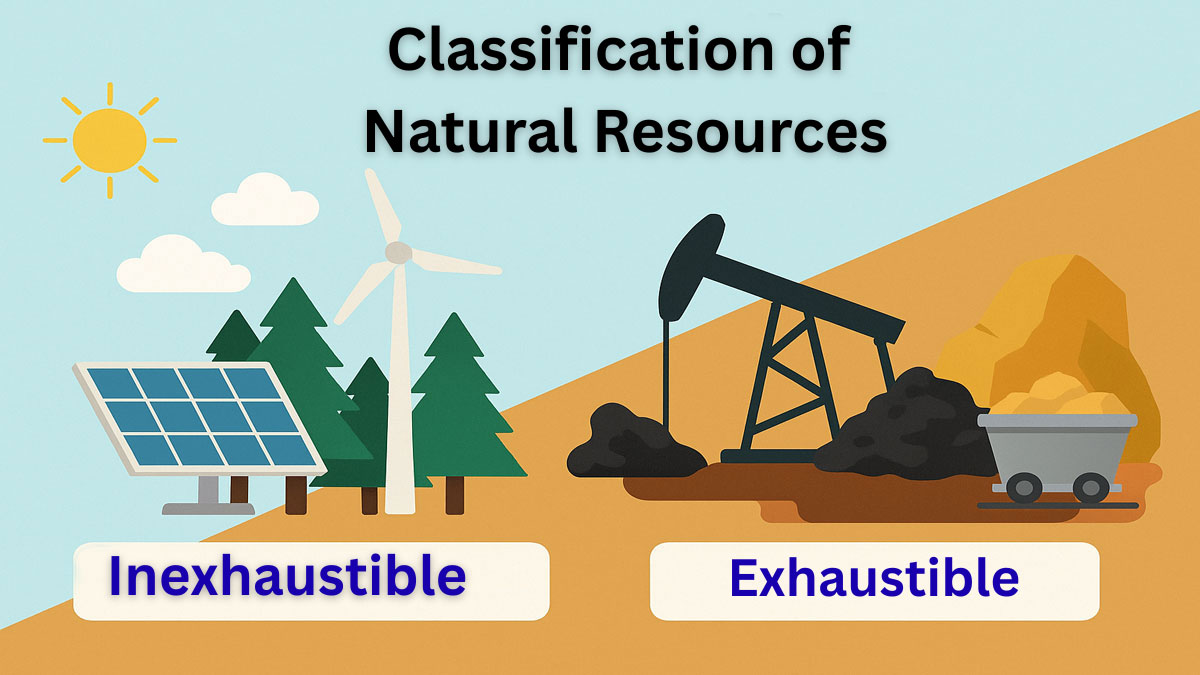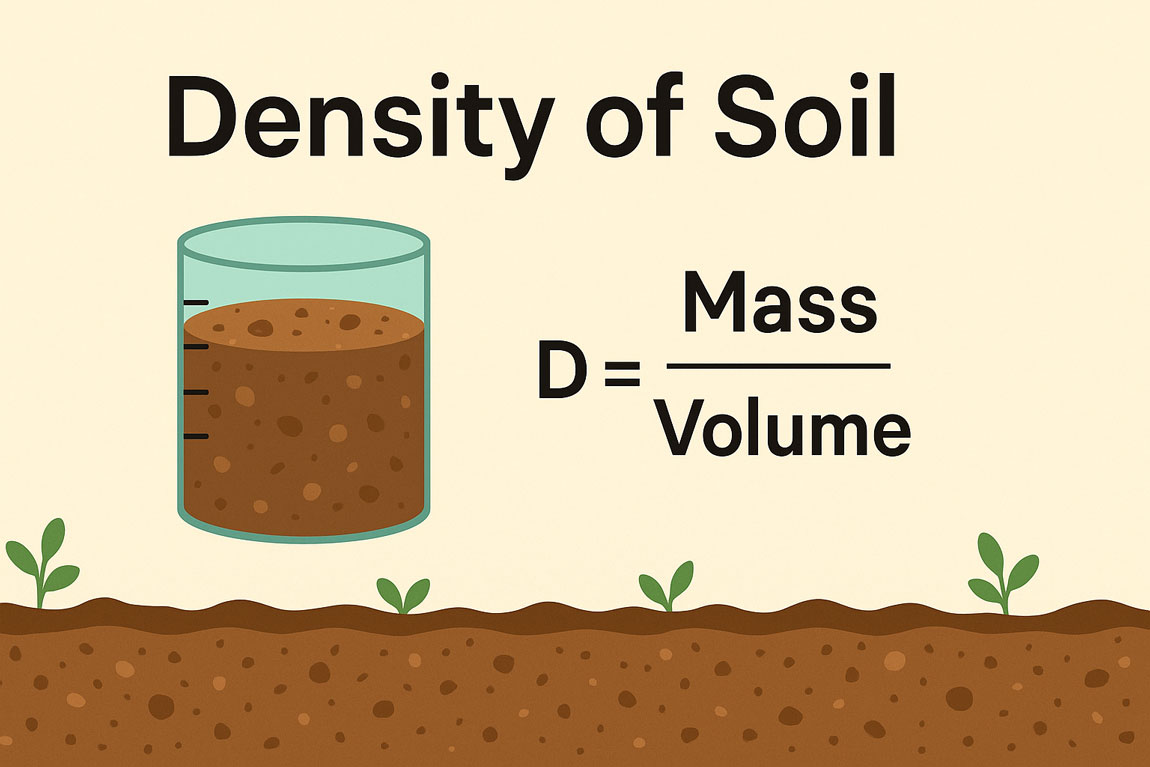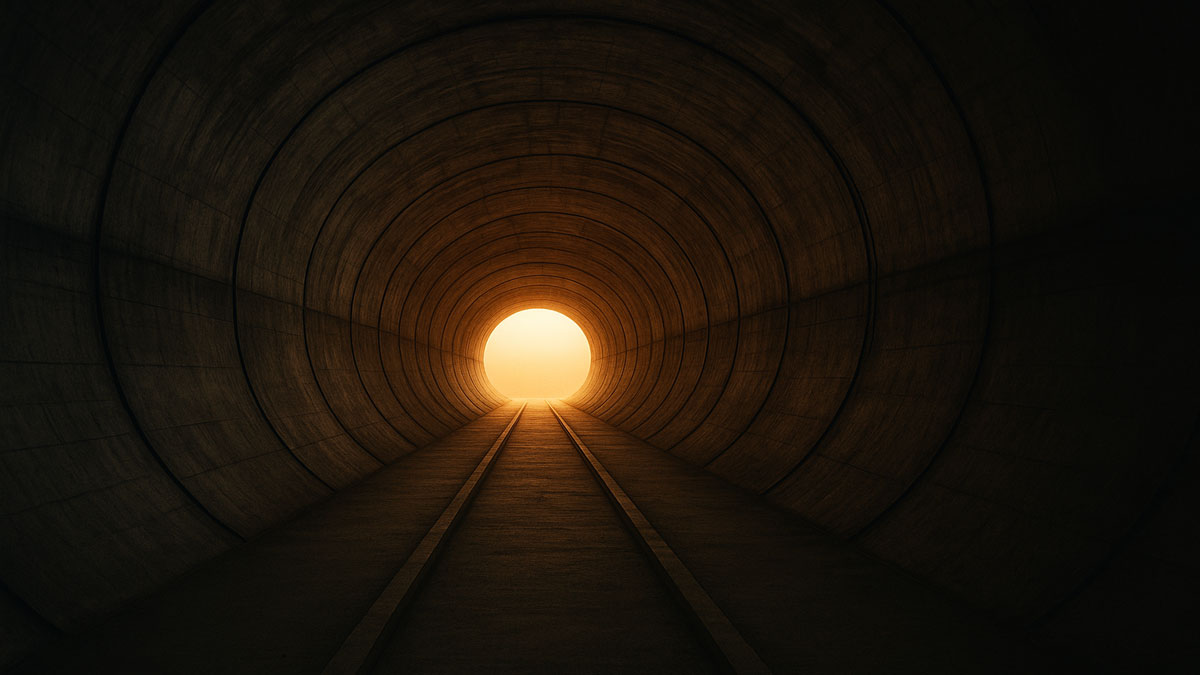
by Gelogia | Oct 27, 2024 | Petrology
Sediments are materials formed due to mechanical or chemical activity by the agents of denudation on preexisting rocks. They are deposited in a stratified fashion, layer after layer, at the surface of the lithosphere. Lithification of the sediments at relatively low...

by Gelogia | Oct 23, 2024 | Physical Geology & Geomorphology
Earthquakes commonly affect other parts of Earth systems. The intense shaking associated with an earthquake can cause tremendous damage and loss of life. Still, it can also trigger landslides that may disperse pathogenic microbes into the atmosphere and cause...

by Gelogia | Oct 21, 2024 | Physical Geology & Geomorphology
The theory of plate tectonics, which refers to “plate structure,” originated in the 1960s. This theory elucidates the dynamics of the Earth’s plates, a phenomenon that has been scientifically validated, and accounts for the origins of earthquakes,...

by Gelogia | Oct 20, 2024 | Physical Geology & Geomorphology
Causes of Volcanism: When volcanoes erupt, the mantle’s temperature reaches about half its melting point, causing its viscosity to drop significantly. This large-scale melting rapidly decreases viscosity, allowing the material to move more quickly and increasing...

by Gelogia | Oct 19, 2024 | Physical Geology & Geomorphology
Volcanism is a vital process that involves bringing material from a planet’s deep interior and releasing it onto the surface. This phenomenon contributes to a planet’s cooling and introduces new molecules into the atmosphere through eruptions. In addition...
